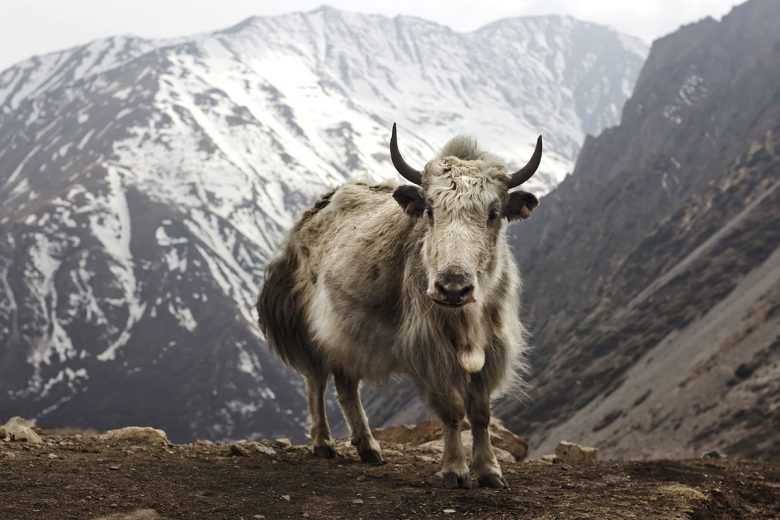The yak, a multifaceted species, bestows upon its stewards a bounty of resources, including meat, fiber, milk, and the capacity for skilled draft work. While akin to cattle in many respects, there exist nuanced differences crucial to consider before integrating yaks into your farmstead.
10 Things to Know Before Keeping Yaks
Table of Contents
ToggleHere’s a comprehensive guide to navigating the unique realm of yak husbandry:
Extended Lifespan and Growth Rate:
Yaks boast an impressive longevity, often thriving for up to three decades, surpassing the lifespan of cattle.
Characterized by slower growth rates, yaks necessitate a patient approach to husbandry practices.
Shelter Requirements:
Despite their resilience to extreme environmental conditions, yaks benefit from adequate shelter in temperate regions.
Provision of overhead shade in warmer climates and shelter structures in colder areas enhances their well-being and productivity.
Fiber Production and Management:
Quality fiber harvest from yaks demands meticulous pasture management, including the removal of invasive plants and optimization of soil drainage.
Attention to dietary balance is imperative to ensure fiber soundness, as inadequate protein intake can compromise fiber integrity.
Manure Management:
Effective pen and shelter design facilitate seamless manure removal, underscoring the importance of strategic planning for composting or disposal.
Nutritional Needs:
Yak dietary requirements mirror those of typical ruminants, necessitating good-quality hay, access to clean water, and supplementation with vitamin and mineral mixes.
Proper feed management, tailored to individual yak needs, mitigates the risk of excessive weight gain and ensures optimal health and productivity.
Health Considerations:
Yaks are susceptible to common cattle diseases and parasites, necessitating a tailored health-management program in collaboration with veterinary professionals.
Vaccination protocols should be customized based on individual yak usage, breeding status, and prevalent diseases in the region.
Temperament and Training:
Yaks exhibit amiable dispositions, particularly when subjected to positive handling practices and consistent training.
Quality genetics, coupled with patient and persistent training, foster gentleness in yaks, enabling them to excel in various tasks, including draft work and hoof trimming.
Environmental Adaptability:
Yaks demonstrate remarkable adaptability to diverse environmental conditions, thriving in high-altitude regions as well as more temperate climates with proper care.
Their ability to withstand cold, wet, and windy weather makes them well-suited for rugged terrains and inclement conditions.
Yaks’ resilience to extreme temperatures and harsh environments reduces the need for intensive management practices, making them ideal for remote or challenging landscapes.
Genetic Interactions and Hybridization:
Yaks, cattle, and bison belong to the same genus, Bos, and share genetic compatibility, allowing for interbreeding and the creation of hybrid offspring.
Crossbreeding with cattle or bison can result in hybrid vigor, yielding animals with enhanced traits such as size, strength, and resilience.
The International Yak Association provides guidelines for grading hybrid offspring and recognizes animals with a significant yak background as purebred yaks, facilitating genetic diversity and breed preservation efforts.
Community and Economic Impact:
Yak farming plays a significant role in the livelihoods of many rural communities, particularly in mountainous regions where other agricultural activities may be limited.
The sale of yak products, including meat, fiber, and dairy, contributes to local economies and provides a sustainable source of income for yak herders.
Yak farming fosters cultural preservation and heritage conservation, as these animals hold cultural significance for many indigenous communities and ethnic groups, reinforcing the importance of yak husbandry in sustainable development initiatives.
Conclusion
In conclusion, the journey of yak husbandry is one guided by patience, diligence, and a deep appreciation for the unique qualities of these magnificent creatures. By embracing their individual needs and characteristics, yak keepers can cultivate a harmonious partnership with these resilient beings, reaping the rewards of their diverse contributions to farm life.
